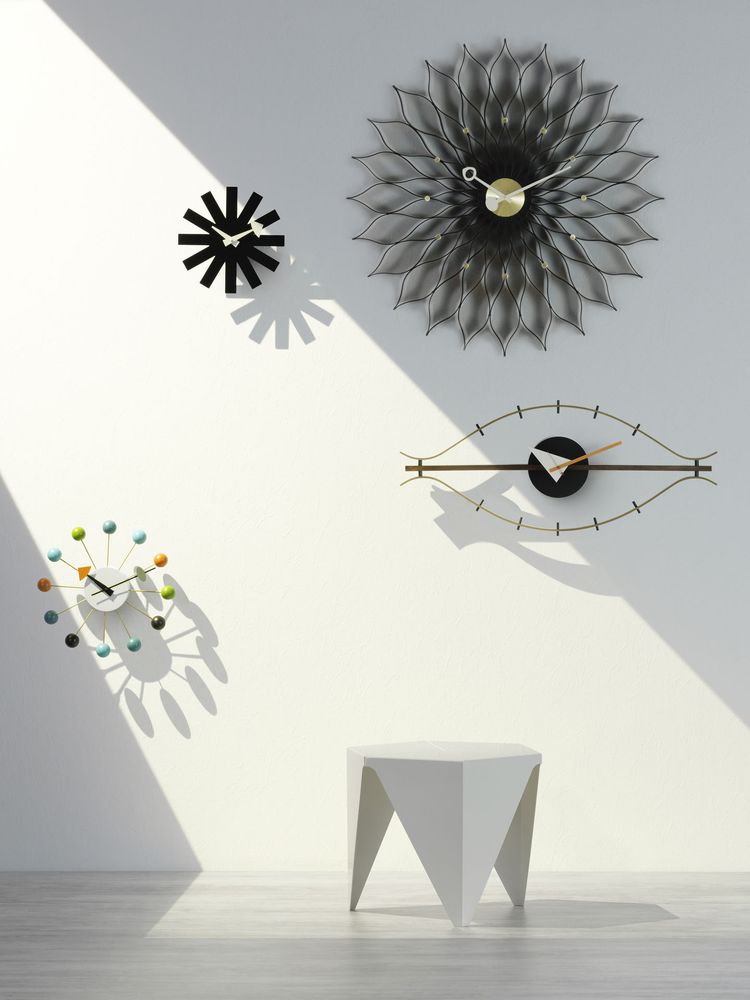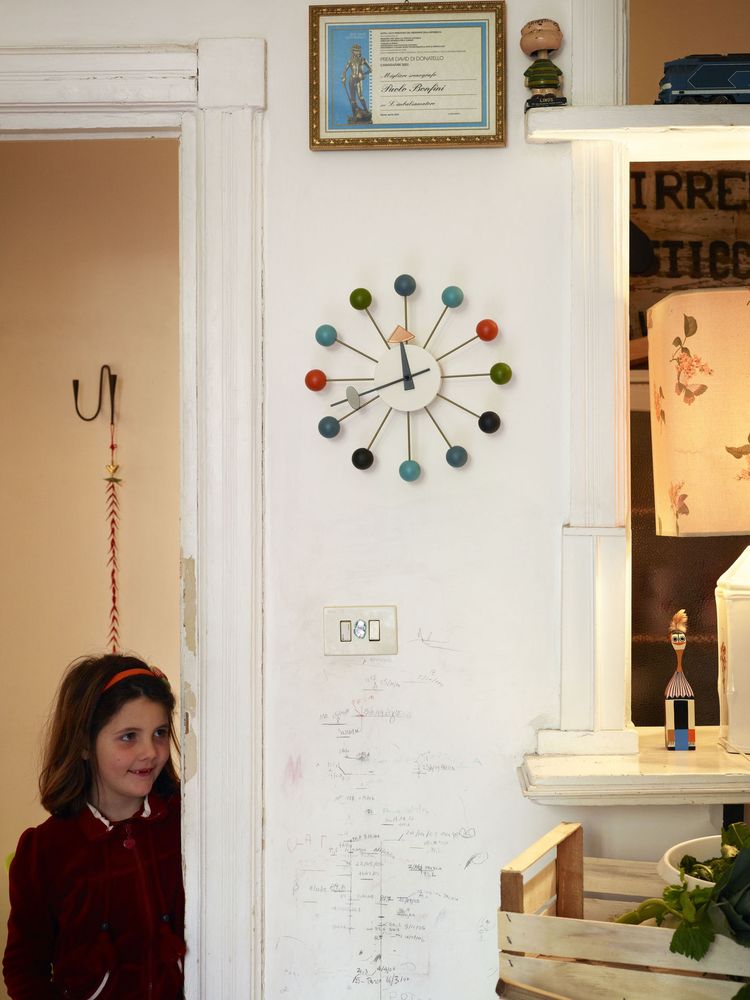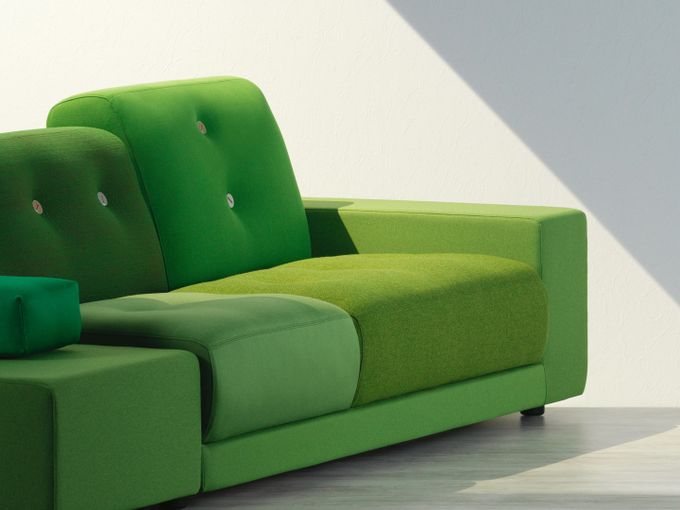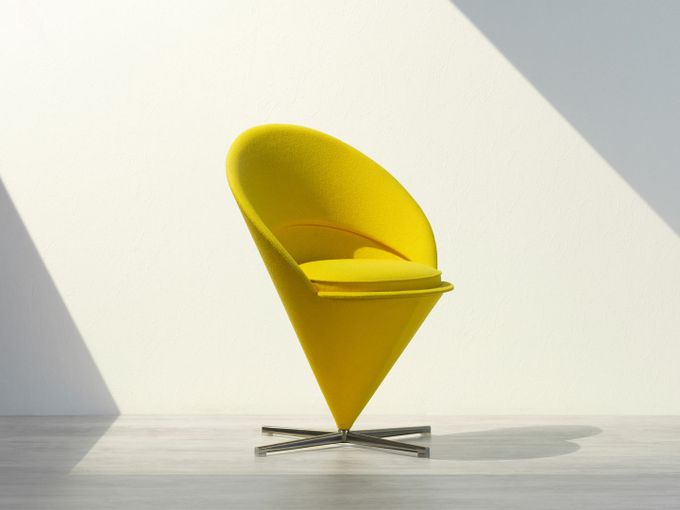ProductsChairsLounge chairsSofasOffice chairsChaises longuesStools & benchesSculpturesConference chairsAirport seatingStorage spaceMicro architectureDining tablesCafé tablesCoffee & side tablesDesksOffice furniture systemsConference systemsLightingClocksDecorative objectsCoat racks & wall shelvesTrays & vesselsNewBestsellerColour & materialAlexander Girard Antonio CitterioBarber OsgerbyCharles & Ray Eames George NelsonHella JongeriusIsamu NoguchiLounge chair finderOffice chair finderGift finderCare & repairSpare partsCare productsManufacturer warrantyVitra Circle StoresMynt: sit differentlyAntony Limited Edition 2025InspirationsLiving roomDining roomHome OfficeChildren's roomOutdoorHome StoriesAugmented RealityColours & materialsHome SelectionWorkspaceFocusMeetingWorkshopClub OfficeCitizen OfficeStudio OfficeDynamic SpacesHospitalityAirportsEducationCo-WorkingHealthcareOur ClientsDestination WorkplaceA case for classicsOffice chairsDancing OfficeHome StoriesThe Home Selection fabrics from Kvadrat and DedarAugmented Reality - bring Vitra products into your homeSchool of Design: Showcase work and knowledgeA case for classicsColour & materialAn open house An office landscape - without walls or partitionsHigh comfort of low energyA leading space for a leading art collegeServicesCare & repairCare productsManufacturer warrantyFAQ and contactInstructionsConsulting & Planning StudioVitra Circle StoresConsulting & planning in the VitraHausInstructionsOutdoor care instructionsRepair, maintenance, overhaul at the Vitra Circle Store Campus ProfessionalsCAD dataProduct factsheetsCertificatesSustainability reportInstructionsEcology informationpConPlanning examplesColour & Material LibraryCertificates and standardsHome SelectionTo the dealer loginOur ClientsMyntDestination Workplace: Visit our clients and partnersAnagram SofaMikadoTyde 2 on castorsACXDancing OfficeOffice chairsMagazineStoriesConversationsExhibitionsDesignerProject VitraA Capsule in TimeSeeing the forest for the treesRefining a classicMynt is a lifetime achievement to meA desk like a typefaceV-FoamSculptural IconsGames bring people together – just like good officesLet there be light!Social SeatingJust Do It!EVER GREENWhy the Eames La Fonda Chair was designedWhen a Sofa is more than just a Sofa: Anagram100% virgin wool – 100% recyclableAn archive is like a time capsuleVitraHaus Loft - A conversation with Sabine MarcelisA 1000 m2 piece of furnitureFrom a toy to an objectThe Eames Collection at the Vitra Design MuseumAbout the partnership between Eames and VitraVitra CampusExhibitionsGuided tours & workshopsFood and drinkShoppingActivities for familiesArchitectureYour eventConsulting & planning in the VitraHausPlan your visitVitra Campus appCampus EventsNewsVitraHausVitra Design MuseumVitra SchaudepotVitra Circle Store CampusOudolf GartenAbout VitraSustainabilityJobs & CareersDesign processThe Original is by VitraHistory - Project Vitra
When clocks are timeless.
Nelson Clocks
The story of a Vitra original


In the 1940s, floor and wall clocks in the USA were typically crafted from dark wood, featuring heavy ornamentation and numerals around the dial. As a manufacturer of such models, the Howard Miller Company placed a special emphasis on mantel clocks, with and without chimes, in its product portfolio. The company was headed by Howard C. Miller, the son of Herman Miller, after whom the eponymous furniture company based in Zeeland, Michigan, was named.
George Nelson was hired as design director at Herman Miller in 1945. Two years later he founded his own design firm, George Nelson Associates, and was also commissioned in 1947 to develop a new collection of electric clocks for Howard Miller. One aim was to simplify the production process in comparison to the company’s elaborate mantel clocks.
Nelson made an analysis of how people used clocks and applied these insights to the design task: his first conclusion was that people read the time by discerning the relative position of the hands, which made the use of numbers unnecessary. Second, he assumed that wall clocks no longer had the primary purpose of showing the time, since most people wore wristwatches, but had become decorative elements in a room’s furnishings.
George Nelson was hired as design director at Herman Miller in 1945. Two years later he founded his own design firm, George Nelson Associates, and was also commissioned in 1947 to develop a new collection of electric clocks for Howard Miller. One aim was to simplify the production process in comparison to the company’s elaborate mantel clocks.
Nelson made an analysis of how people used clocks and applied these insights to the design task: his first conclusion was that people read the time by discerning the relative position of the hands, which made the use of numbers unnecessary. Second, he assumed that wall clocks no longer had the primary purpose of showing the time, since most people wore wristwatches, but had become decorative elements in a room’s furnishings.

These ideas provided the basis for the first collection of 14 timepieces, consisting of completely novel wall clocks and compact table clocks, which were launched on the market in 1949. Although the models shared the common feature of doing away with numbers as hour markers, their imaginative designs, based on simple geometric forms, could hardly have been more diverse.
One of the first wall clocks, which would become an icon of American mid-century modernism over the following decades, was the Ball Clock. In a 1981 interview, George Nelson told this story: ‘We were all involved in cooking up these clocks, and Irving [Harper], in the end, was the one who made them complicated, beautiful, and so on. And there was one night when the ball clock got developed, which was one of the really funny evenings. [Isamu] Noguchi came by, and Bucky Fuller came by. I’d been seeing a lot of Bucky those days, and here was Irving and here was I, and Noguchi, who can’t keep his hands off anything, you know – it is a marvelous, itchy thing he’s got – he saw we were working on clocks and he started making doodles. Then Bucky sort of brushed Isamu aside. He said, “This is a good way to do a clock”, and he made some utterly absurd thing. Everybody was taking a crack at this, … pushing each other aside and making scribbles.
One of the first wall clocks, which would become an icon of American mid-century modernism over the following decades, was the Ball Clock. In a 1981 interview, George Nelson told this story: ‘We were all involved in cooking up these clocks, and Irving [Harper], in the end, was the one who made them complicated, beautiful, and so on. And there was one night when the ball clock got developed, which was one of the really funny evenings. [Isamu] Noguchi came by, and Bucky Fuller came by. I’d been seeing a lot of Bucky those days, and here was Irving and here was I, and Noguchi, who can’t keep his hands off anything, you know – it is a marvelous, itchy thing he’s got – he saw we were working on clocks and he started making doodles. Then Bucky sort of brushed Isamu aside. He said, “This is a good way to do a clock”, and he made some utterly absurd thing. Everybody was taking a crack at this, … pushing each other aside and making scribbles.

At some point we left – we were suddenly all tired, and we'd had a little bit too much to drink – and the next morning I came back, and here was this roll [of drafting paper], and Irving and I looked at it, and somewhere in this roll there was the ball clock. I don’t know to this day who cooked it up. I know it wasn’t me. It might have been Irving, but he didn’t think so. … [We] both guessed that Isamu had probably done it because [he] has a genius for doing two stupid things and making something extraordinary … out of the combination. … [Or] it could have been an additive thing, but, anyway, we never knew. So we did the ball clock, which was, in its piddling way, a sort of all-time best-seller for Howard [Miller, because] suddenly it was decided by Mrs. America that this was the clock to put in your kitchen. Why [the] kitchen, I don’t know. But every ad that showed a kitchen for years after that had a ball clock in it.’


Over the following 35 years of collaboration with Howard Miller, the designers at George Nelson Associates created more than one hundred clocks: wall clocks, floor clocks, portable table clocks and built-in clocks.
‘The objective should be to keep improving one’s basic product.’
George Nelson
In his position as design director at Herman Miller, which he held until 1972, George Nelson became a key figure in American design. He created furniture and brought such figures as Charles & Ray Eames, Isamu Noguchi and Alexander Girard to work for Herman Miller. In 1957, Vitra founder Willi Fehlbaum signed his first licencing agreement with Herman Miller to produce furniture for the European market. During the ensuing decades of collaboration with Vitra, a close friendship developed between George Nelson and Rolf Fehlbaum, the son of the company’s founder, who once remarked: ‘No other prominent designer ever spoke as intelligently or wrote as coherently about design as George Nelson.’
After Nelson’s death in 1986, his archival estate was bequeathed to the Vitra Design Museum, encompassing roughly 7400 manuscripts, plans, drawings, photographs and slides dating from 1924 to 1984. Vitra began to reissue the Nelson Clocks in 1999. There are currently 24 models in production, some of which are available in different versions, with new pieces being added to the collection from time to time.
Production of the Wall Clocks
Publication date: 7.9.2018
Images: Florian Böhm, Marc Eggiman, Jacqueline Nelson, Kuvatoimisto Kuvio Oy, Vitra Design Museum
Vitra originals and their stories in the Vitra Magazine
Invest in an original, for it will always retain its worth. An imitation will never be anything but a copy, a stolen idea. Appreciate the differences – not just the quality and more obvious variances but also the sensory and emotional appeal of the authentic product. An original is a lifelong companion and may well outlive you to be gratefully received by the next generation. But that’s a story for the future.



